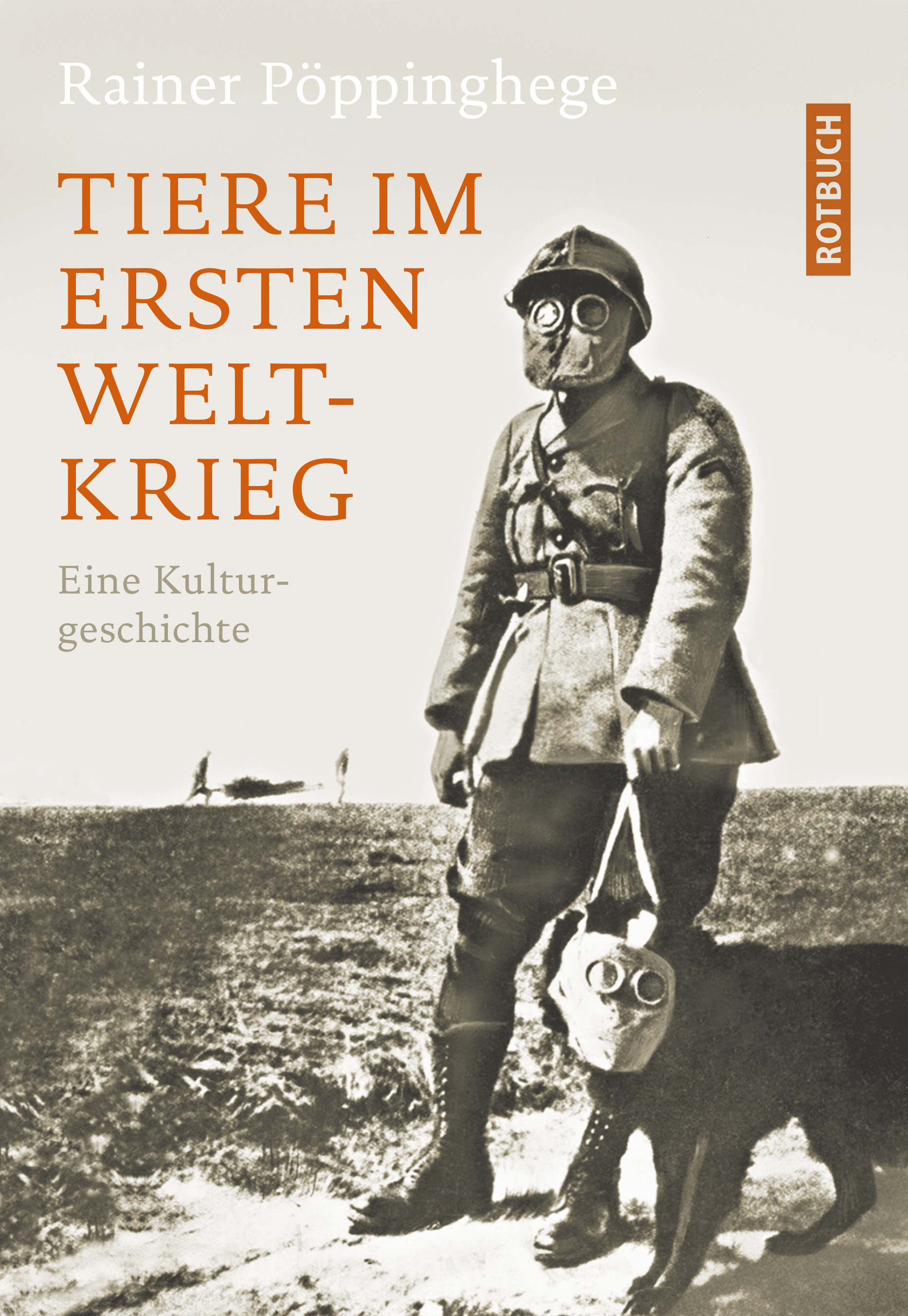-

The First World War was an industrialized mass war. Yet mixed into the rumble of artillery weapons and the rattling of machine guns one could hear the pounding of hoofs, dogs barking and the soft wing-beats of messenger pigeons. Millions of mounts, pack animals and drafts were vital for the locomotion of humans and material between 1914 and 1918. While not every soldier was handling horses, dogs, or messenger pigeons, almost all had daily battles with lice, bedbugs, and fleas – which were as omnipresent as rats – in the quarters and the trenches. Far from popular myths and heroic tales, Rainer Pöppinghege gives an account of the way animals were recruited and deployed during the First World War. He focuses on the neglected aspects of historiography and presents an illuminative study on the last war in which humans fought along with animals, marking the end of a millennia-old practice.
Rainer Pöppinghege
taught history and didactics at the University of Paderborn, where he specialized in prisoner of war newspapers from World War I. His latest research has focused on the historical aspect of relationships between humans and animals. He merges both themes in his current book.
